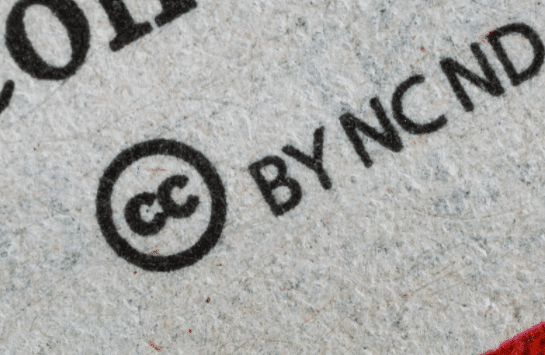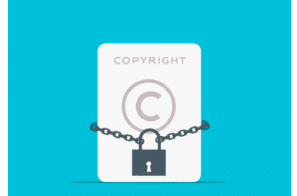Intellectual property is a category that includes creations of the mind such as inventions, artistic works, names and images used in commerce, and many more. Although there are many types of intellectual property, some of the best known include copyrights, trademarks, patents, and trade secrets. Copyright issues can arise in any practice, so it is good to understand copyright law fundamentals so you can address those issues with ease.
If you’re having trouble grasping the meaning of copyright, look below for more information.
What is copyright?
A copyright is an intellectual property right granted to the author of an original musical, artistic, literary, or other eligible creative work, by a government. It gives them the exclusive right to control how the work is published, performed, and reproduced. It protects the work of authorship against copying.
The copyrights in original works of authorship occur automatically. A person is not required to register their work with the U.S. Copyright Office and mark it with a copyright notice, as it will not result in loss of the basic rights of the copyright holder.
Other interesting facts about U.S. copyright law include how long it can last, what cannot be copyright protected, and many more. The duration of a copyright depends on the type of work and date of creation. Usually, the public law duration expires 50 to 100 years after the creator’s death. After that, it enters the public domain. Additionally, there are a few things that cannot be protected by copyright including ideas, fashion designs, methods, and others.
Intellectual property
The term “intellectual property” began to be used in the 19th century but the modern concept was developed in England in the 17th and 18th centuries. Its main purpose is to encourage the creation of various intellectual goods. To achieve this, the law gives people property rights to the information they create for a limited period.
It gives economic incentive for their creation, as it allows people to benefit from the intellectual goods they create. It also allows them to protect their ideas and prevent copying. Note that the intangible nature of intellectual property introduces difficulties when compared with traditional property like goods or land.
It is “invisible” because an unlimited number of people can consume intellectual goods without being depleted. Also, note that investments in intellectual goods can suffer problems of appropriation. Balancing rights to encourage the creation of intellectual goods is the primary focus of modern intellectual property law.
Copyright requirements
In America, the U.S. Copyright Office administers the copyrights system. It is part of the Library of Congress and maintains a registry of all copyright works. You don’t need to register to obtain a copyright, since it is automatically granted to an author at the moment of creation. However, registration is only required if a copyright holder wants to initiate a copyright infringement suit.
If you want to protect your copyright, there are three basic requirements: it must be original, it must be fixed, and it must be a work of authorship. The work of authorship includes a wide range of works, published or unpublished. It includes literary works of all kinds, pictorial works, musical, dramatic, sound recordings, and computer programs.
To enjoy copyright protection the work must also be fixed. This refers to the requirement that part of the work is fixed in a tangible medium of expression. For example, a draft of a novel, or the beta version of a computer program on a CD-ROM disk.
Who owns a copyright?
Usually, the authors own the copyright of their works when they create them. However, there are a few cases where ownership is a bit complicated. For example, joint authors both own the work, instead of each person owning the part they created.
Additionally, if employees create works within the scope of their jobs, the employers would own the copyright as “works-for-hire”. In some countries, this is also known as corporate authorship, and the entity that serves as an employer may be a corporation, organization, or any other legal entity.
The law permits copyright owners to transfer their copyrights to other people in whole or part, and also allows others to use them while retaining copyright ownership via licenses. Note that a transfer of copyright ownership is not valid unless it is in writing and the owner signs it.

Final thoughts
Under the Copyright Act of 1976, the copyright holder owns plenty of rights. The copyright holder is the only person who has the right to reproduce the work in copies, distribute copies to the public, prepare derivative works based on the original work, and perform or display the work publicly. However, there are still some limits on the scope of the rights.




